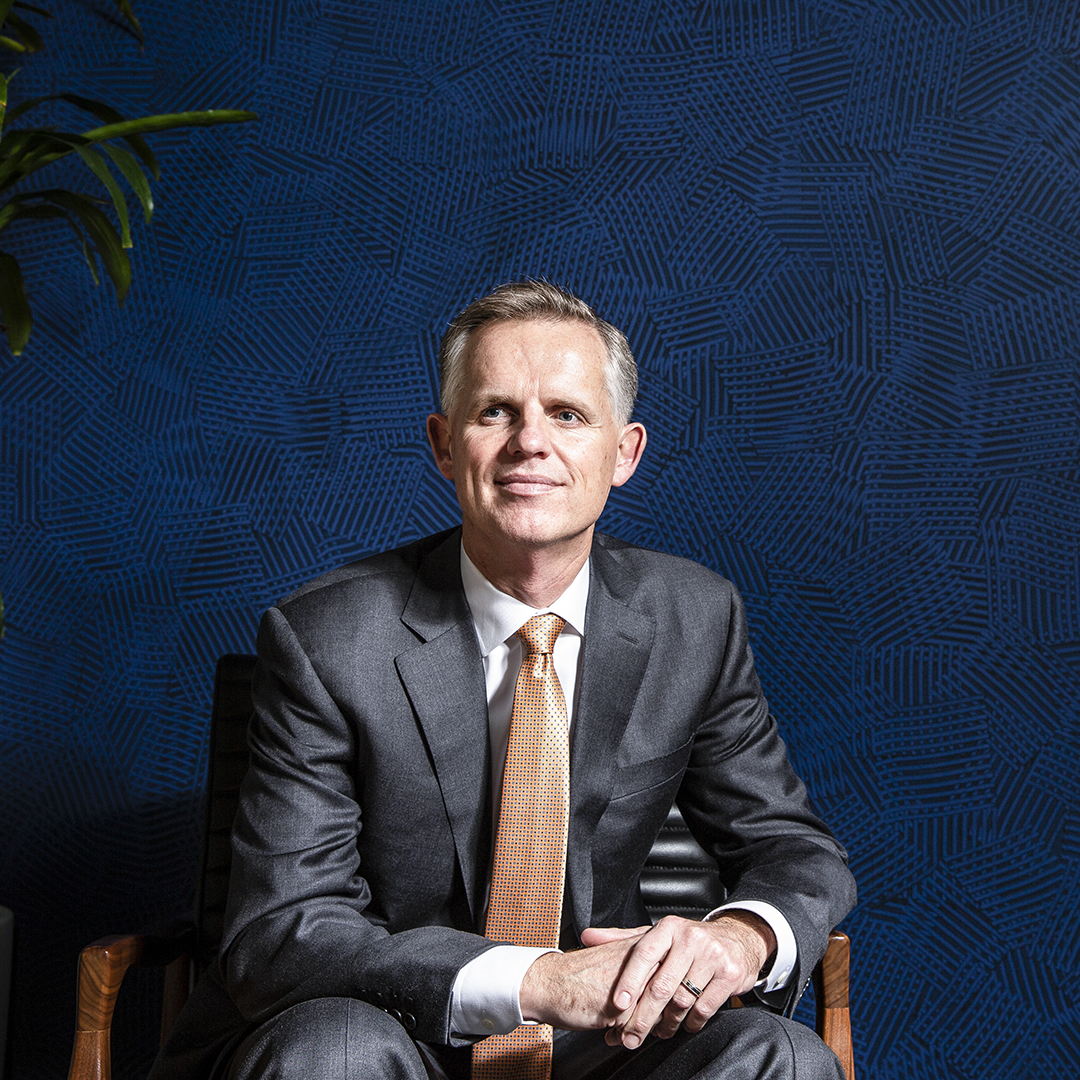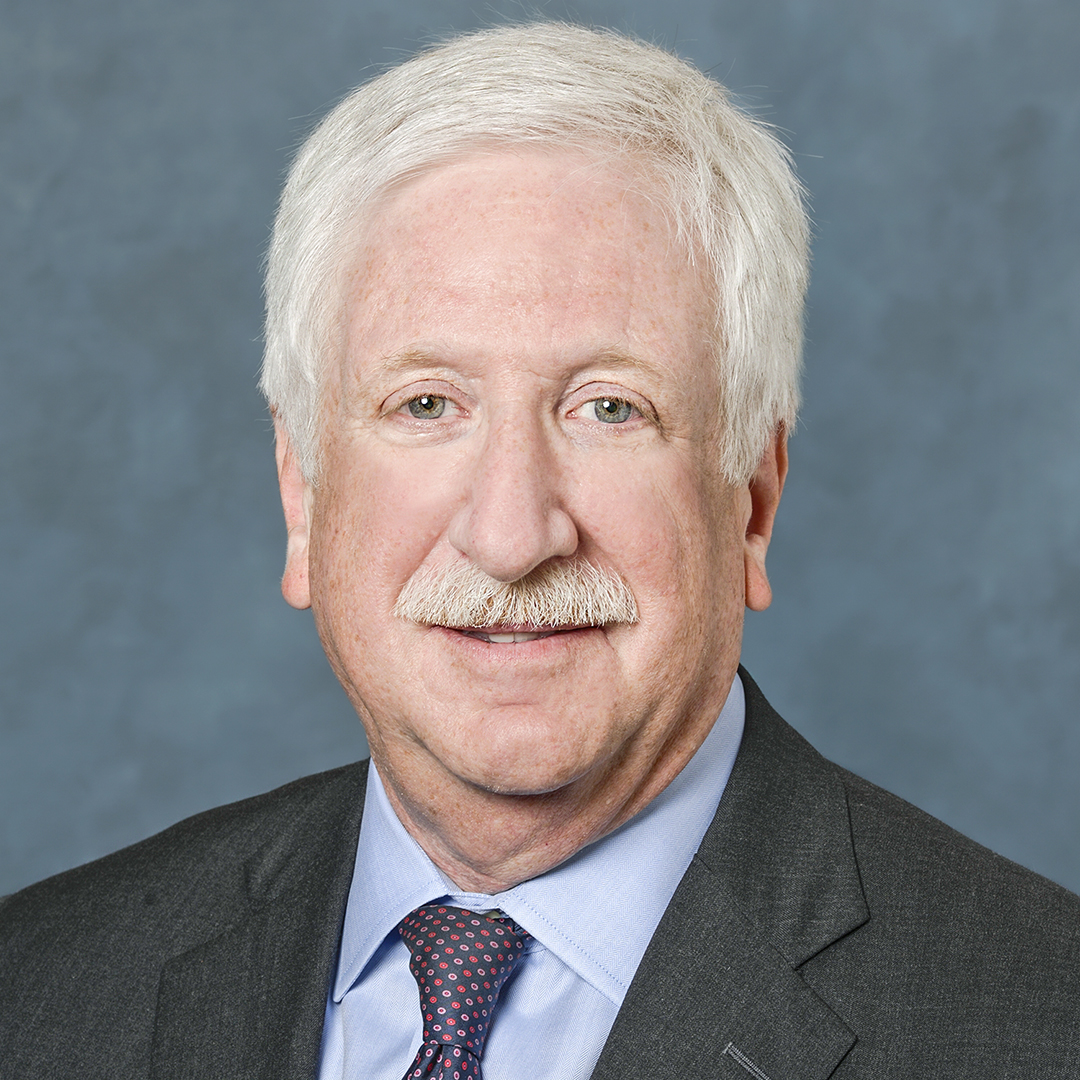Louis Capponi is helping transform technology’s role in healthcare. “I’ve always been a firm believer in technology’s ability to revolutionize healthcare, lower costs, and improve the experience for both patients and clinicians,” he says.
Now vice president and CMIO at SCL Health System, Capponi first entered the healthcare field nearly twenty-five years ago as a general internist in a New York City public hospital system that mostly served uninsured or underinsured patients. Already passionate about community health, he quickly became involved in projects using technology to make positive, systemwide changes. That interest led to his promotion to medical director and a system-level improvement advisor. In both roles, he used data to manage quality of care for patients with chronic diseases, including diabetes, hypertension, asthma, and depression.

Technology has made impressive strides since his days as an internist, most notably the increasing sophistication of data analysis. Capponi began building databases—he’s self-taught—when he was a medical director. As he’s moved up, his databases have expanded in size and in their analytical powers.
“My first database had about three thousand patients, but when I went to the system level I had fifty thousand,” he says. “We went from a simple Microsoft Access database to an SQL database populated with data from our EMRs that used data warehousing to show the power and impact we were having on specific populations.”
Of course, data aggregation is just one of many benefits tech brings to the healthcare field. Patients now have easy access to information that helps them better understand their diagnosis and care plan, participate in treatment decisions, and engage with their healthcare team. “Access to medical record data allows patients and their families to navigate through the health system more easily,” Capponi says.
Many burdensome aspects of chronic disease management are now streamlined, too. Diabetes patients, for example, used to track sugars manually on paper. Now they can enter the information into a computer or use a glucose meter that automatically uploads it. Algorithms can monitor the information and send patients reminders or escalate care by notifying a clinician, Capponi explains.
Technology can also ensure patients receive the right intervention at the right time. For individuals with heart failure, weight gain can be the first sign of water retention, which means their condition is worsening. “Patients may not notice small changes in weight, but an Internet of Things-enabled scale can flag negative patterns and notify a clinician, who can then reach out to the patient to talk about their medication or diet and prevent them from reaching the point where they end up in the emergency room,” Capponi says.
Improvements aside, technology is presenting new challenges to clinicians, including how to best make use of the massive and ever-expanding amount of data available. At SCL, a $2.6 billion nonprofit health network with a mission to improve the health of the community and especially the disadvantaged, Capponi is working to solve this data-management problem, largely by developing increasingly sophisticated algorithms to spot trends in medical records and bring clinicians the right information to improve clinical decision-making.
One of his recent projects trained a big data algorithm to detect sepsis more accurately than ever before by analyzing fifty different variables. “When the system sends a clinician an alert, they will have more confidence that the alert is identifying the right patients and that they need to view these patients who may be sicker than they appear,” Capponi says.
SCL is also currently exploring how to ID patients with unusually long hospital stays and flag which tests need to be done so they can return home. Another project in the works is the development of an algorithm to detect patient deterioration far before their symptoms become externally apparent, allowing for earlier intervention. “This algorithm would look at a patient’s vital signs and other parameters and could flag when they are in danger—they might not look bad today but will tomorrow,” Capponi says.
He hopes one result of the evolution of healthcare technology will be more of a transition to outcomes-focused reimbursement. “With the fee-for-service model, the healthcare enterprise makes more money doing more things, and what we need to be thinking about now is how do we make sure we’re doing the right things and are good stewards of resources,” he says.
The end result is more affordable, effective healthcare. “Our healthcare is more expensive compared to other nations,” Capponi says. “We’re leveraging technology to eliminate waste and do things that don’t need to be done by human beings so clinicians can spend more time with patients, caring for them or helping them understand their treatment.”

